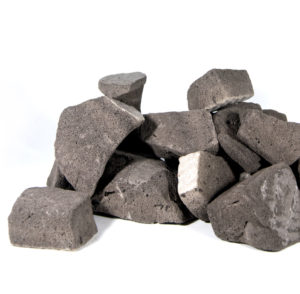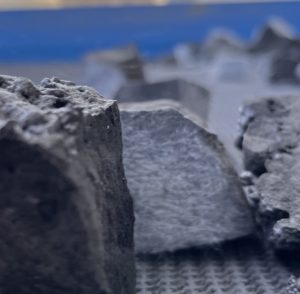Project Overview
Bucknam Bridge crosses over interstate 295 in Falmouth, Maine. The bridge underwent significant repairs to replace aging infrastructure that was nearing the end of its useful life. The project was done in collaboration with RJ Grondin & Sons and the Maine Department of Transportation.
Design Challenges
Bucknam Bridge is located over compressible clay soils that are susceptible to settling. The bridge required fill material in the abutments to support its weight and the dynamic loads from ongoing roadway traffic. Traditional fill materials were too heavy for the soft marine clay soils found underneath the bridge and would have risked further settlement and instability. To ensure the bridge’s long term viability, a lightweight fill with high compressive strength was needed.
Glavel as a Solution
Glavel was chosen as the lightweight fill in this project’s bridge abutments because of a combination of its low bulk density and high compressive strength. The install team was able to compact 6 feet of Glavel to successfully raise the grade to support the vertical load above. By using Glavel, the project team reduced the weight burden on the compressible soils and ensured the structural stability of the bridge.

The Definitive Foam Glass Aggregate Guide
Learn the uses, history, and production of foam glass aggregate.

What is Cellular Glass Insulation?
Cellular glass insulation, foamed glass aggregate, foam glass gravel..The list goes on and on. Is there a difference between the names?

Glavel Saxon Hill Electrified
Glavel’s first manufacturing facility in Essex VT is live. Learn more about the plant’s features and how it’s unique to the foam glass market.
